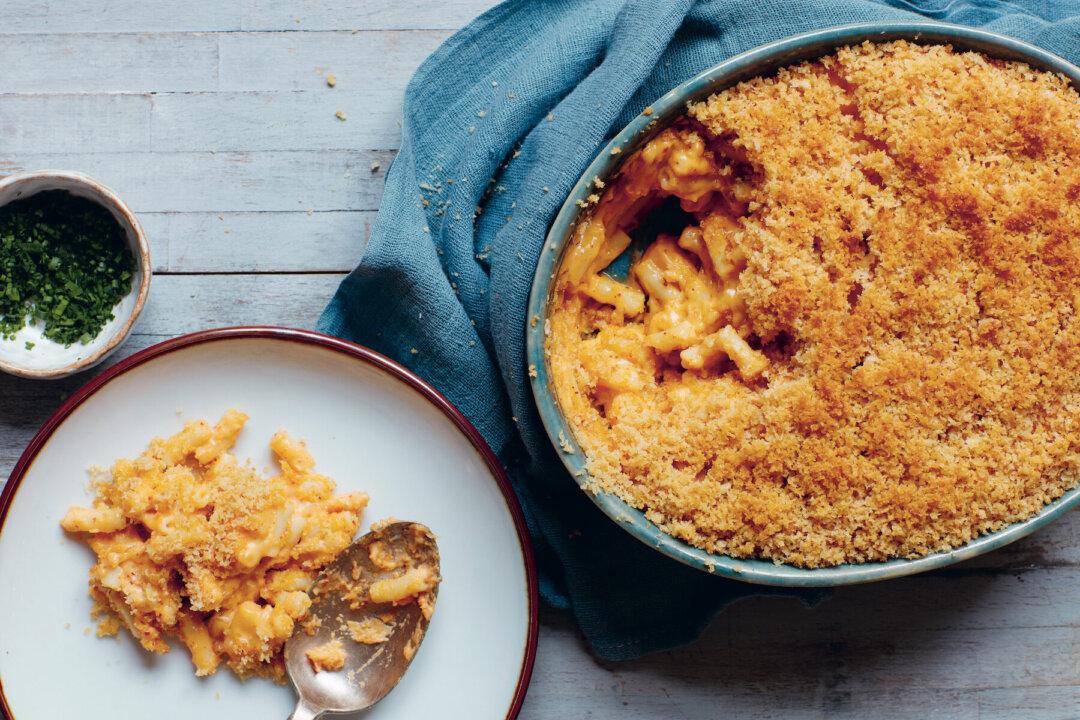Every day after school, my mom would feed me the same thing: juk—Korean rice porridge—with kimchi and Spam. It was my afternoon snack of choice, a simple bowl I often opted for even over a McDonald’s Happy meal.
I called my mom’s rice porridge “water-bap”—bap is Korean for “rice”—as it was a dish of merely plain white rice boiled with water, no salt or soy sauce. She’d cook the rice until the grains became gorged and broken, turning soft and velvety, while the surrounding water thickened with the starch—akin to oatmeal in texture. It was admittedly completely bland, but in a very soothing, comforting way.





